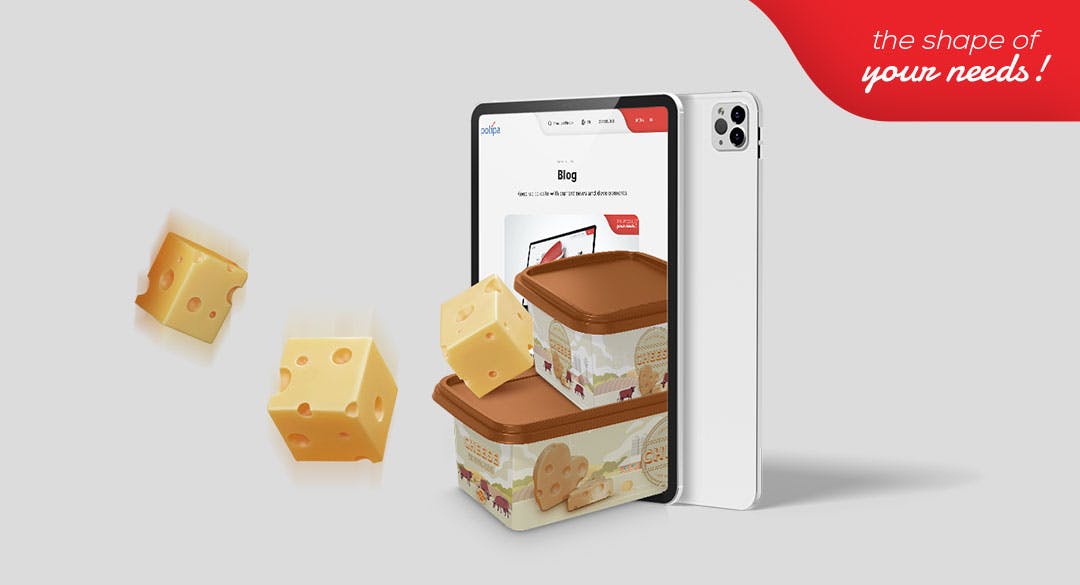Features of Cheese Packaging
Cheeses have evolved and diversified since around 5000 BC and have reached the present day. There are numerous types of cheese, each categorized into different packaging groups. Among the various packaging types, plastic packaging holds the widest range. This group includes moldy, hard, semi-hard, brined, grated, and processed cheeses.
Cheese is a food that undergoes a fermentation process due to its structure. Depending on the type of cheese, it is necessary to minimize its exposure to oxygen, carbon dioxide, light, and water vapor. Plastic packaging, especially IML (In-Mold Labeling) packaging, effectively addresses these concerns by providing excellent sealing and barrier properties. This helps prevent these issues from occurring. As a result, plastic packaging becomes an indispensable choice for cheese producers.
A good cheese packaging should be flawless in terms of hygiene. In the production process, especially in the direct filling lines, microbial contamination should be prevented during IML packaging production, and shipment conditions should be established taking this aspect into account.
Although cheese producers generally use cold filling processes, there are certain types of cheese, such as cream cheese, where hot filling is also employed. During hot filling (70-80 ˚C), it is crucial that there is no deformation in the plastic packaging. In both filling methods, the packaging's sealing capability must be excellent. In some IML packaging, the sealing is achieved through a foil layer, while in others, it is directly provided by the locking feature between the container and the lid.
Another important consideration during sealing or locking the lid processes in cheese production lines is to ensure that there is no bulging or deformation in the containers. To prevent these issues and achieve maximum durability, the surface thickness of the packaging should be within ideal dimensions. Taking into account environmental factors and cost considerations, the most reasonable product for cheese producers would be one that achieves the minimum required thickness for ensuring durability.
Another factor in ensuring durability is the packaging design. Packaging designs for cheese products vary depending on the type of cheese. For example, in brined products, filling is done with brine solution, and having carrying points on IML packaging facilitates the packaging process. In foil-wrapped IML packaging, heat-resistant foil surfaces need to be incorporated into the design to withstand the exposure to heat.
Taking these factors into account in cheese packaging preferences can lead to maximum efficiency.













